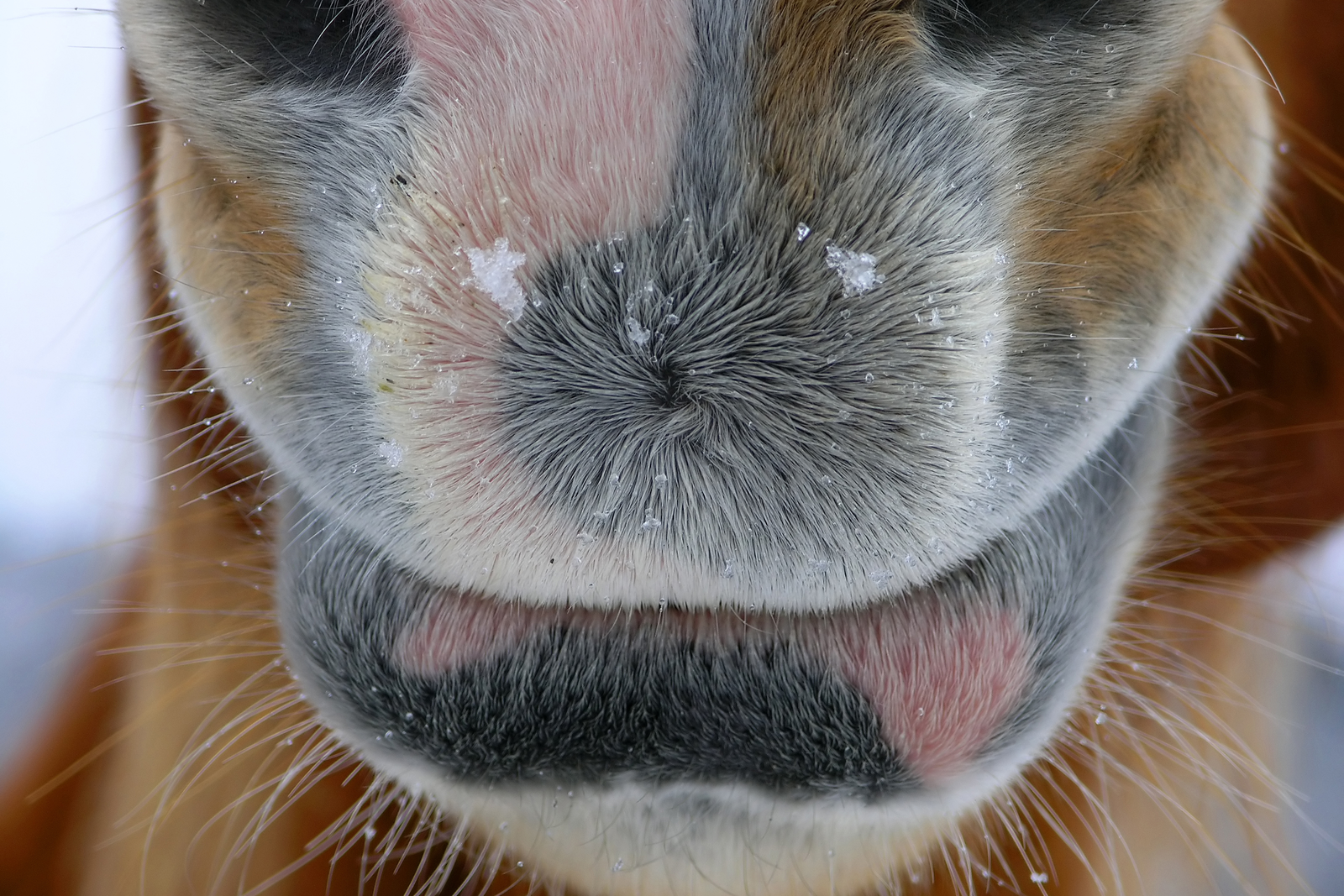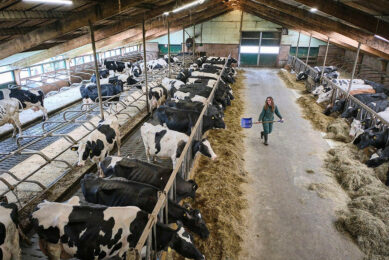Soybean hulls as alternative fibre for horses

Soybean hulls can be a good fibre alternative in horse diets. This is concluded from a new study, published in the Journal of Equine Veterinary Science.
The diet of horses often contain a mixture of forages and grains. Using starch-rich foods (concentrates) in equine nutrition can result in large changes in the intestinal microbiota of the animals and subsequently in the digestibility of the nutrients. The excessive use of starch in equine diets can lead to fermentation of the ingested material by amylolytic bacteria in the large intestine resulting in an increase in lactic acid production, decreased pH, and increased production of short-chain fatty acids (SCFA), which can favour intestinal disorders such as colic or laminitis. Furthermore, fibre digestibility is negatively influenced.
Soybean hulls as alternative
Nowadays, horse diets are recommended to have lower grain proportions. Therefore, alternative energy sources became necessary. Soybean hulls can be a good alternative fibre source, as it promotes a decrease in starch levels without compromising the caloric density of the feed. Earlier studies on the inclusion of soybean hulls in equine diets have shown promising results. A new study was done to evaluate the soybean hulls inclusion in concentrates for horses as an alternative fibre source, through the apparent digestibility of nutrients and physicochemical characteristics of the faeces. Experimental diets were formulated for animals at maintenance and were composed of 60% energy from forage (Coastcross hay) and 40% from a concentrate, with increasing levels of soybean hulls (0, 7, 14, 21, and 28%).
Up to 28% inclusion rate
It was shown that the inclusion of soybean hulls at any level in the concentrate had no effect on the following parameters: apparent digestibility coefficients of nutrients in the diet; faeces pH, buffering capacity (BC) to pH 5 (BC 5) and to pH 6 (BC six), and ratios of short-chain fatty acids (SCFAs) as well as Streptococcus spp. and Lactobacillus spp. The researchers conclude that diets with up to 28% soybean hulls in the concentrate can be used as equine feed without negatively affecting digestibility, the SCFAs concentrations or selected microbiota, and physicochemical characteristics in the faeces.











